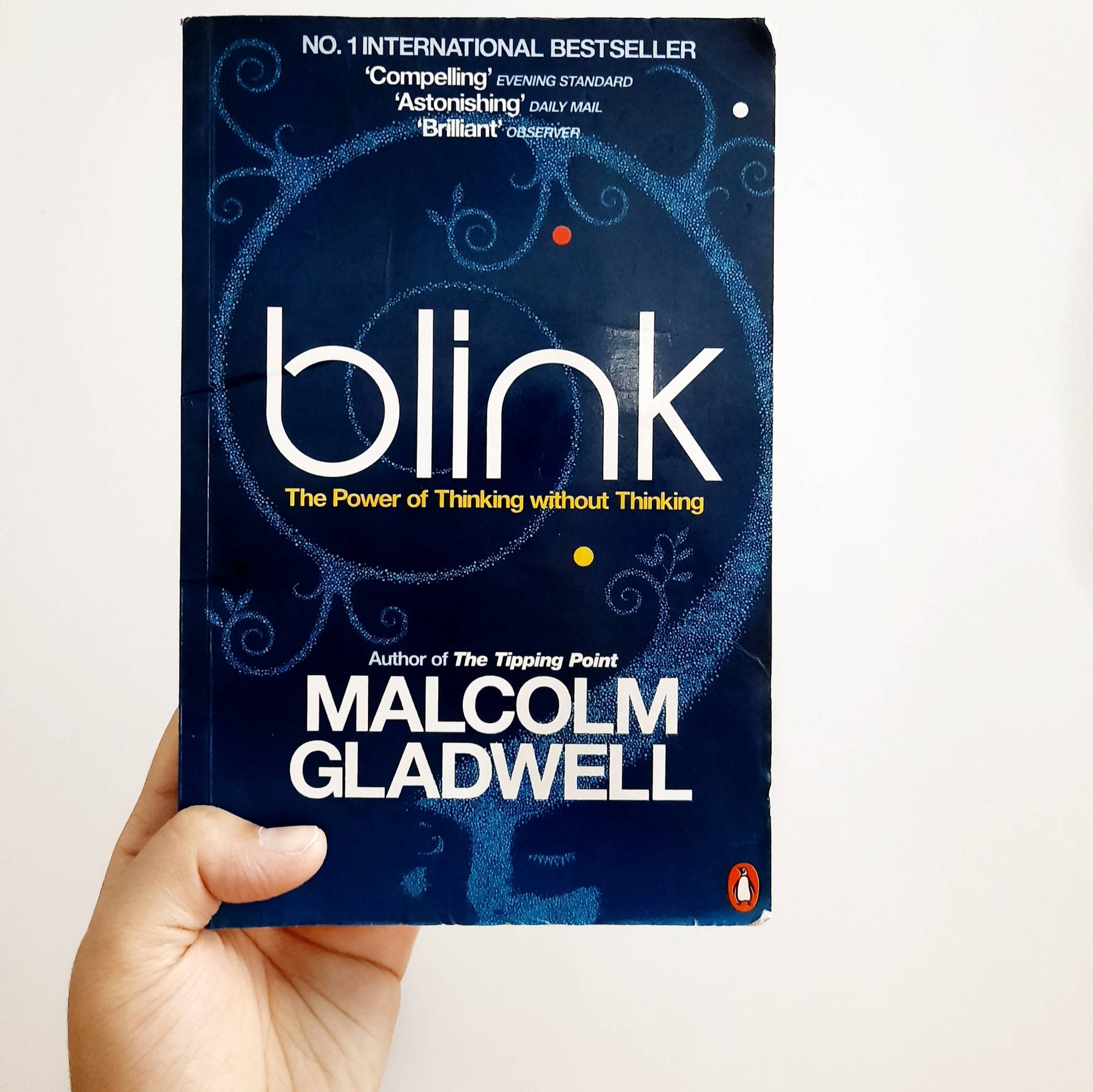

He begins Blink by recounting the story of a forged statue, a kouros, which was purchased by the Getty Museum only after extensive scientific analysis showed its authenticity. Gladwell supports his thesis by telling stories-often charming, always compelling, and filled with realistic details-of people whose “blink” decisions end up being better than the “scientific” or “rational” decisions made after gathering and considering large amounts of data. I suspect the main reason for the success of Blink: the power of thinking without thinking is that it offers exhausted professionals faced with executive responsibilities a version of epistemology that not only excuses, but glorifies, the snap decision.Īccording to Gladwell, “decisions made very quickly can be every bit as good as decisions made cautiously and deliberately” (p 14) “there can be as much value in the blink of an eye as in months of rational analysis” (p 17). However, when the author is Malcolm Gladwell (hardly a household name), the reasons for the book’s popularity are less straightforward. In the case of the latest blockbuster by Michael Crichton or John Grisham, the author’s “brand name” doubtless contributes to its success at the cash register.

When a book reaches the bestseller list, it is often just as interesting to speculate on the reasons for its popularity as it is to read the book itself.


 0 kommentar(er)
0 kommentar(er)
